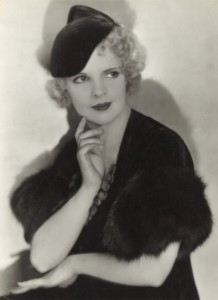
I find that, once I start collecting something, the collection itself tends to dictate its own expansion. Put another way, I don’t always know what will interest me until I start looking at the items on either side of the object I seek to acquire. This is true of genealogical research, where it’s always a good idea to browse the library shelves around the book you are hunting, but of course it’s also true of the photographs I’ve been collecting recently. And, so – given the theme of the last two days’ posts at Vita Brevis – it’s time for another research exercise!
All of these photographs have something, or someone, in common – not pictured, of course. They represent a genus, the Broadway showgirl, that has sadly become extinct. Some of the subjects enjoy lasting fame (Marion Davies, Billie Burke), while others reflect another’s réclame, but all five of them were known for their beauty and talent on the Broadway stage before they, without exception, moved on to Hollywood.
The name Harriet Hoctor (1905–1977) might not ring many bells today, but then few dancers can have had a ballet composed for them by George Gershwin, for the Astaire and Rogers film Shall We Dance (1937). Earlier in the decade, she spent time in London in the show Bow Bells (1932), for which she was photographed by Dorothy Wilding.
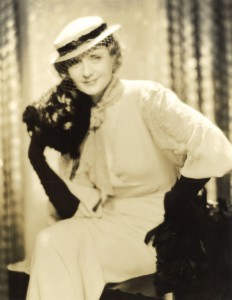
Billie Burke (born Mary William Ethelbert Appleton Burke, 1884–1970) is today probably the most famous member of this quintet, thanks to the lasting renown of The Wizard of Oz (1939), where she played Glinda the Good Witch. Her career actually spanned six decades, though, beginning in London in 1903 and carrying on into the 1960s. She made her first films in 1916, scoring major successes in silent and sound movies.
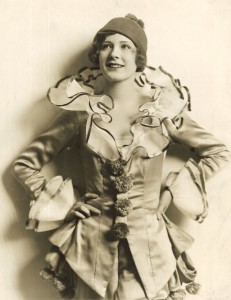
Mary Pickford’s sister-in-law Marilyn Miller (1898–1936) coined and popularized the name Marilyn a generation before Norma Jeane Baker. She starred on Broadway in Sunny (1925) and then in the film version in 1930. Her unhappy marriage to Jack Pickford (1896–1933) made headlines in the 1920s.
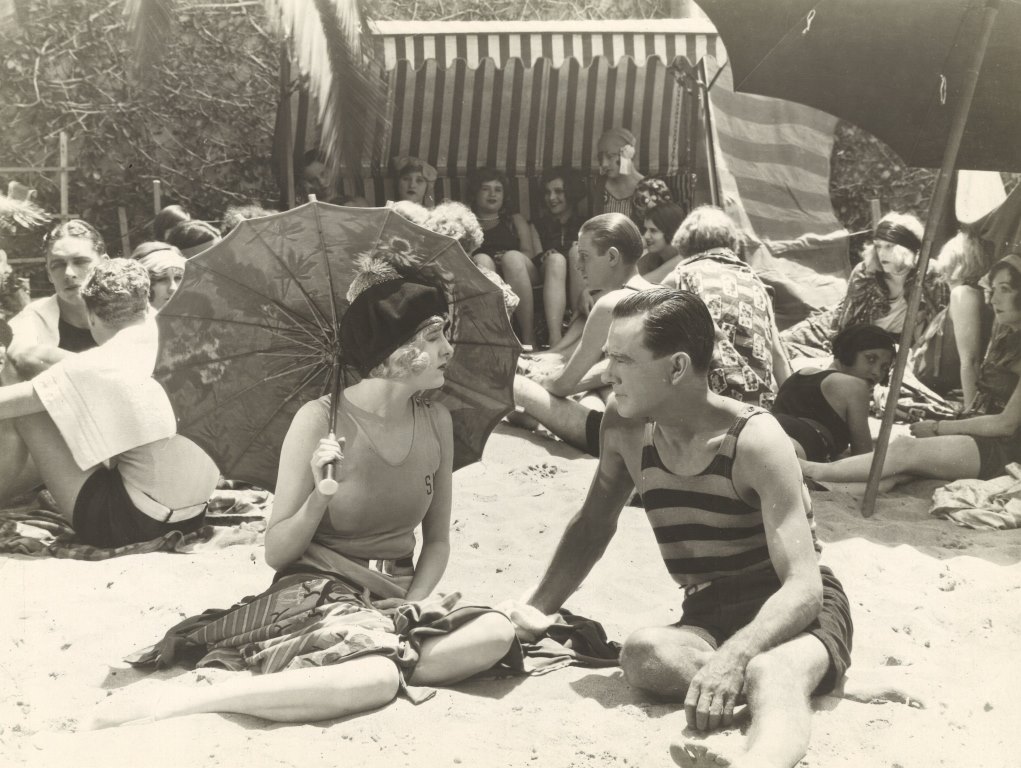
Marguerite (Upton) (Archibald) (Hopkins) (Joyce) (Morner) (Easton) Meyer (1893–1957) is best known by a diminutive and some of her earlier husbands’ surnames: she was Peggy Hopkins Joyce. A creature of the tabloids for her colorful love life, she inspired Cole Porter (and others), as in Out of this World (1950), where Mercury declares: “… When betwixt Nell Gwyn / And Anne Boleyn / I was forced to make my choice, / I became so confused / I was even amused / And abused by Peggy Joyce…” In 1926, she appeared with Mary Pickford’s ex-husband, Owen Moore (1886–1939), in The Skyrocket.
And, finally, Marion Davies (1897–1961), the lovely comedienne for whom William Randolph Hearst built a studio (Cosmopolitan Pictures) as well as (in Colleen Moore’s words) “the biggest house on the beach – the beach between San Diego and Vancouver.” My photograph was, I think, taken in the library in that house, called “Ocean House,” in Santa Monica.
So who or what links these five women, denizens of the Great White Way and sometime residents of Hollywood?
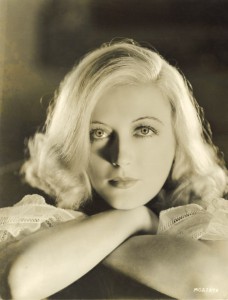
The all were in the Ziegfeld Follies
Correct!
Did Burke actually perform in the Follies? I don’t see mention of that in any of the few articles I’ve found on the web. (But I don’t have on-hand or online a copy of her memoir, “With a Feather on My Nose”, to check more definitively.)
The answer would seem to be Florenz Ziegfield, Jr., the Broadway impresario who created the famous Ziegfield Follies. Hoctor, Miller, Joyce & Davies were “Ziegfield girls” … and he married Burke. (They are all mentioned in an article on page 17 of the April 16, 1936, issue of the Racine Journal-Times (http://www.newspapers.com/newspage/16993011/) and several other newspapers.)
Exactly!
Also, here’s a nice article on the history of the Ocean House, the remants of which are now open to the public as the Annenberg Community Beach House: http://www.kcet.org/socal/departures/columns/lost-landmarks/marions-playground-the-story-of-the-annenberg-community-beach-house.html
BTW, Burke’s great-granddaughter, Nicole Burke Stephenson, co-authored a delightful book that promotes family history, a grandparent’s journal, “Memories for my Grandchild – A Journal” (https://books.google.com/books/about/Memories_for_My_Grandchild.html?id=NUDavp34mYsC)
“This keepsake journal makes it easy for grandparents to share the richness of their lives by drawing out recollections of travel and romance, family and friends, dreams and special places, and more.”
“Nicole Burke Stephenson … descended from two generations of autobiography-writing women, her great-grandmother, actress Billie Burke Ziegfeld (With a Feather on My Nose), and her grandmother, Patricia Ziegfeld Stephenson (Ziegfeld’s Girl).”
My grandmother, though not famous at all in comparison to these women, was a showgirl in New York in the Roaring ’20’s. She wanted to be a Ziegfield Girl, or a Rockett, didn’t make it as either, but would go on any show that would take her, although to do that, she had to leave my mother with relatives (her marriage didn’t last long). She came to live with us when I started school and I loved listening to her stories. I have very fond memories of her singing and doing a little “soft shoe” across the kitchen floor as she cooked.
What great stories, Maria — thank you! My mother was a dancer while in college (she was an apprentice at Jacob’s Pillow, and, she said, a member of the Metropolitan Opera corps de ballet), but didn’t pursue it after school.
Peggy Hopkins Joyce, she of the 6, as I read it, husbands, amused me by inspiring Cole Porter’s lines “betwixt Nell Gwyn / And Anne Boleyn / I was forced to make my choice . . .” More than 150 years separated Boleyn and Gwyn, the second wife of Henry VIII and one of the best known mistresses of Charles II.
One of my collateral ancestors went to Hollywood in the 1920s from New Mexico, hoping to make it big in the movies. Having grown up on a ranch, she was a good rider, so became a stunt double for some of the big female stars in silent Westerns. Her legs got noticed, and she then became a “leg double” in more conventional silent films. I’ve seen pictures of her with other leg doubles. Her real name was Gertrude Bastion, but what name, if any, ever appeared on-screen, I have no idea.